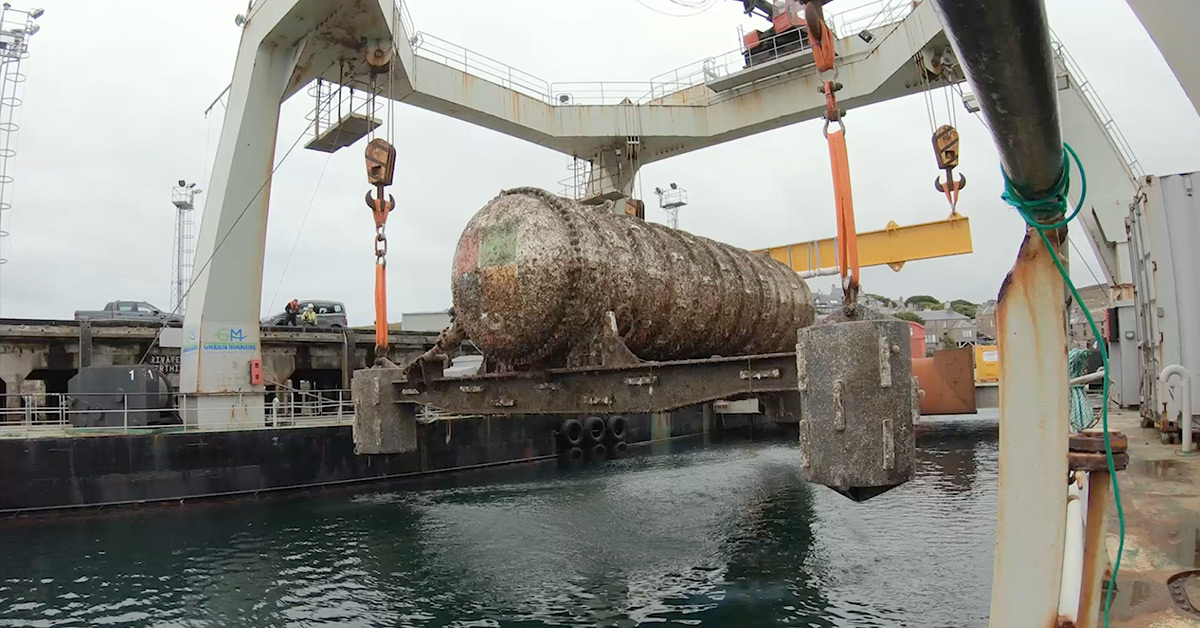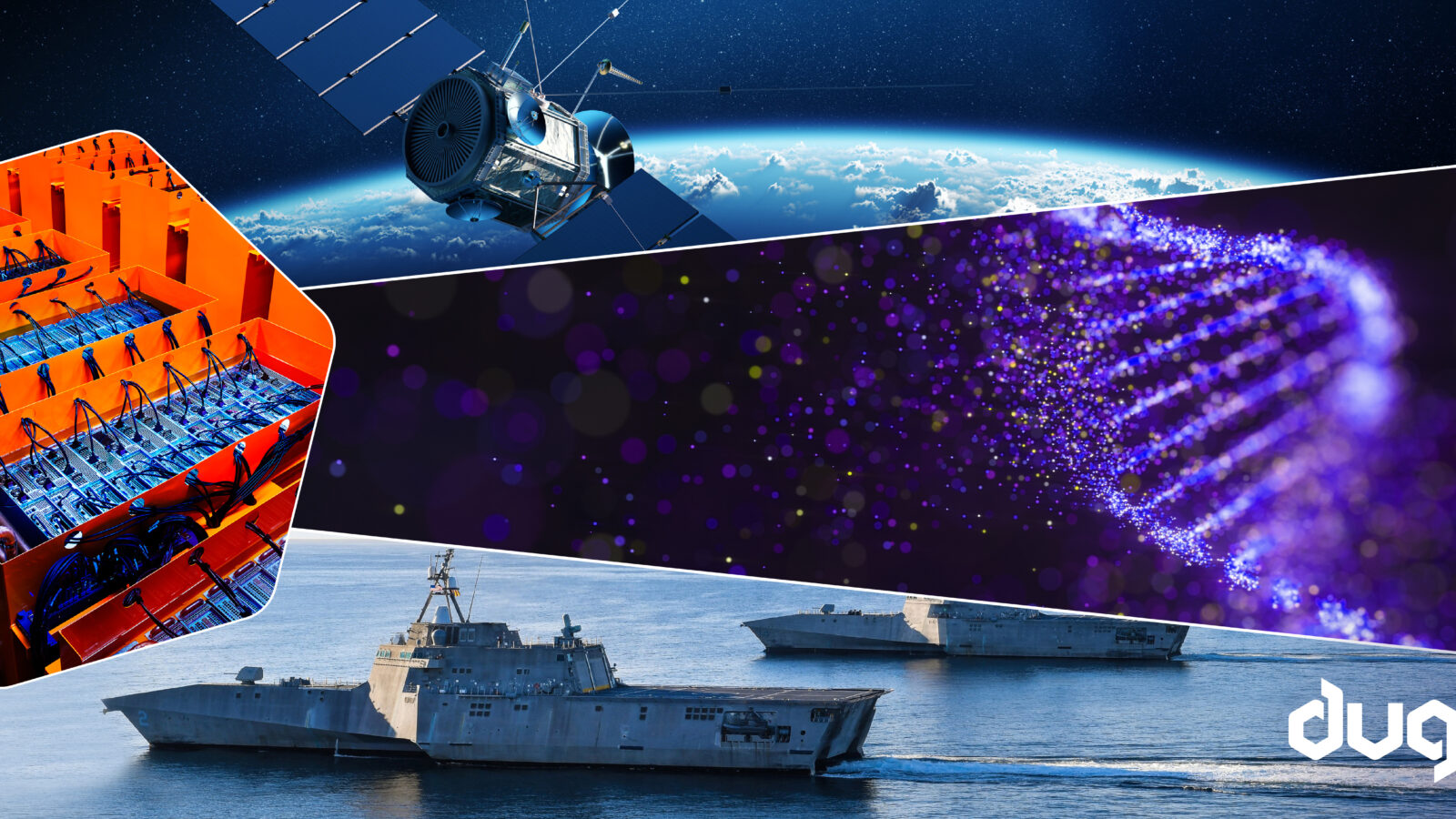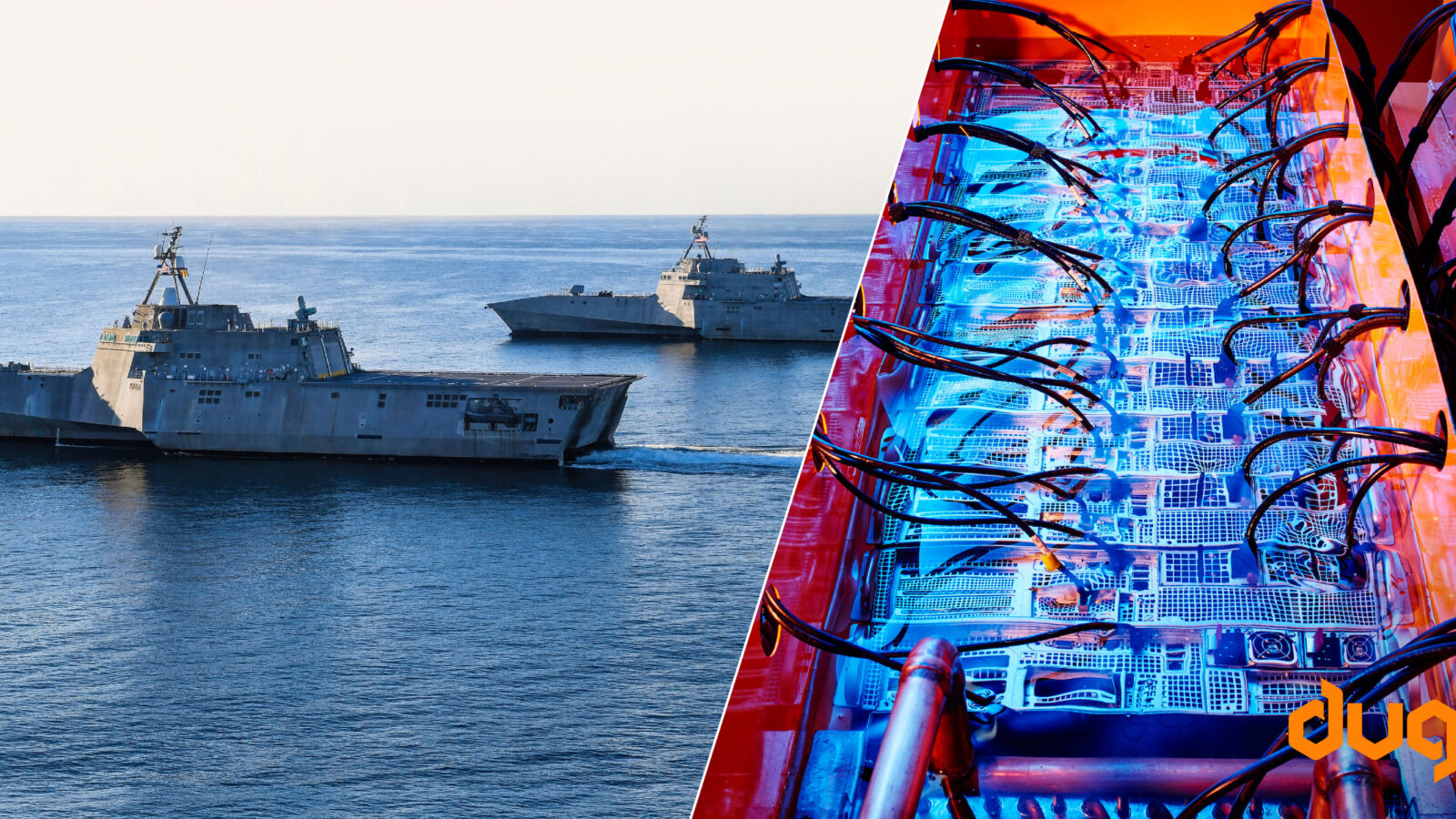Several years ago, Microsoft submerged a data centre in the north sea. A few weeks ago, it was pulled out to see how well it has survived.
Initially Microsoft hoped to solve several problems associated with traditional data centres including rapid deployment in remote strategic locations, reducing cooling costs, and reducing waste. Given the ultra-green technologies we now have available to us – such as immersion cooling (which enables data centres to expend less than 4% of their energy on cooling), containerised data centres, higher density and low energy servers – there seems little benefit to submerge. Locating the data centre near the coast or on a boat, and using a pump to access seawater, achieves a similar outcome with fewer problems. Why suffer the access and maintenance issues of submerging long-term?
However, if you consider the experiment as preparation for putting data centres in space, it is a significant and potentially important long-term project.
There are three critical challenges with putting data centres in space:
- access
- dissipating energy
- reducing weight.
Access is an obvious restriction in space and submerging a data centre allows engineers to experiment with building a facility that you can’t access for years. This includes how to set up complex operational systems such as RAID storage, how to troubleshoot failing components, and how to monitor and manage HPC services remotely.
Dissipating energy is the hidden issue for electronics in space. While space is “cold”, there are no air/convection particles to assist the removal of energy – this is how HPC cooling systems currently operate. How do you get the heat off the CPU and out of the facility? You have to radiate all the energy as infrared light from an external surface. This requires getting the heat to the outside of the spacecraft and then having black surfaces to radiate the energy away.
However, those same surfaces are excellent at receiving energy when the spacecraft is exposed to the sun. In those circumstances, you would need reflective surfaces, so you don’t absorb energy and cook your CPU.
While the submerged data centre experiment offers very different environmental conditions to space (sea water is extremely effective at taking energy away from the data centre, and you don’t have to worry about absorbing energy from the sun), it does allow engineers and scientists to experiment.
How do you get the energy from the CPU to the outside surface? How do you make energy transfer reliable? How do you handle the sea water temperature fluctuations of around 10 degrees throughout the year?
Finally, you have to consider weight. Every single component of the computer, equipment, cooling and operational systems has to be shot into space on the back of a spacecraft. An obvious solution would be to fill the data centre with fluid (immersion cooling), and turn the whole spacecraft into a radiating body, but the immense weight would be prohibitive. In addition, all equipment has to be engineered to be robust enough to survive the journey.
I admire Microsoft for taking on this project. While I don’t see any real advantage in using submerged data centres on Earth, I’ll be interested to read about their outcomes and learnings, and see how the results impact how we approach a possible future for HPC in space.
Picture courtesy of Microsoft.




































